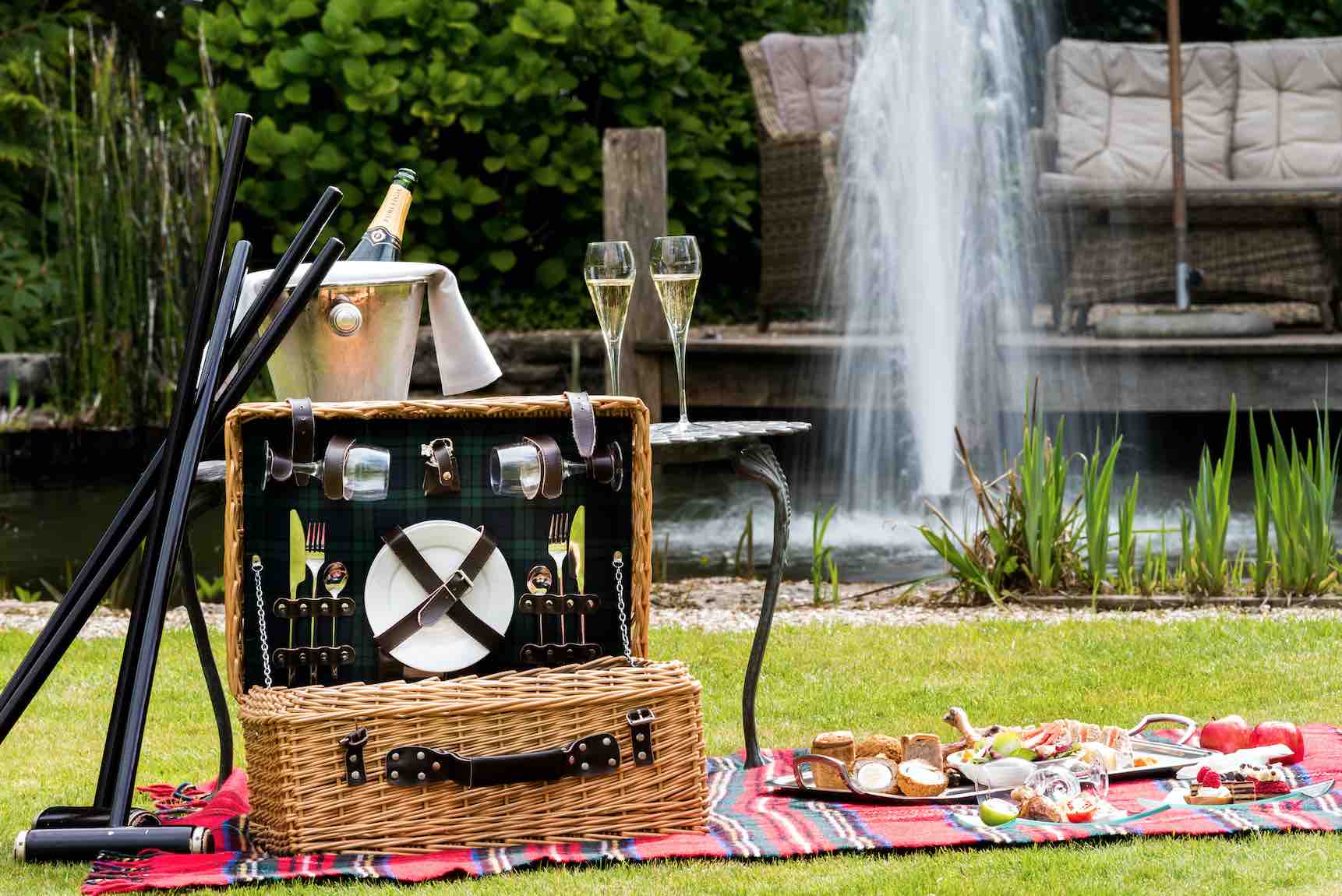If you’re planning to grow a garden, fall can be one of the best seasons to start. There are lesser pests, and plant chewers seen around that are more present in the spring season and if you install a garden fence you call all but be sure that your garden will thrive and be protected from the wildlife that is present during the cooler months. Because of the cooler temperature, it is more manageable to water the plants you plan to grow. And the roots get extra months to flourish and strengthen, making them endure the incoming summer season more.
You can choose to plant perennial plants or annuals in the fall season, depending on your personal preference. You can always focus on planting flowers only or integrate some fruits and vegetables around for some fresh and healthy nutrition supply. To start your planting journey, listed below are the essential guides for growing a garden during fall.
Choose Your Plants & Prep The Garden’s Environment
It is essential to choose the types of plants you want to plant first to grasp how the garden’s environment should be set-up. Selecting annuals is a great option to grow, for they flourish faster and blossom for a more extended period. For instance, you can start listing down snapdragons or strawflowers if you like to include flowers.
Another example of preparing properly is by selecting plants that can thrive during certain seasons. For example, choosing plants such as Chrysanthemums, Calendulas, Pansies, and Snapdragons, can be very good for the fall season. The Gardener’s Path has a list of plants that thrive during the fall that you can choose from.
When growing a particular plant, it is essential to know what is the right environment for it. For instance, annuals like snapdragons or strawflowers are best positioned in moist soil with a balanced draining of water. These flowers can endure a dimmer setting, but it flourishes much more in a well-lighted, sunny habitat.
After selecting the types of plants that you plan to grow, understanding the right environment will bring out the maximum blooming potential of the plants. Your efforts will not be wasted because you understood in the first place that each plant requires somewhat specific conditions and types of environment for them to blossom to their best potentials.
Prepare Necessary Tools
Before proceeding to learn gardening, you must prepare the needed gardening tools. You don’t need to be fully equipped. Having the necessary gardening tools goes a long way. To give you more ideas, listed below are essential gardening tools that allow you to finish tasks faster and better.
- Gardening Gloves
- Spade
- Hoe
- Fork
- Shovel
- Rake
- Saw
- Wheelbarrow
- Garden Scissors
- Hand Trowel
Evaluate The Garden’s Environment
Now that you have selected the plants that you want to grow and have studied and researched what type of environment and conditions your plants need, it is time to evaluate your garden. Being aware of the soil condition, space, and surroundings will guide you to the things you need to adjust.
For the soil, it would be best if you amend it before planting. Mixing some organic materials and fertilizers to your soil will make it healthier, and it nourishes the crucial microbes in the ground, which enhances fertility. It allows for more nutrient production so that the plants are well-nourished and ready to bloom.
Outlining the space in a piece of paper will provide you with an overview of where you plan to place individual flowers or crops and the space they need to bloom successfully. Checking the surroundings and removing unwanted weeds and infected plants is crucial to prevent malnourishment and disease from spreading.
Prep The Soil & Plant The Seeds And Seedlings
It’s finally time to plant the seeds, but before that, you must first till the soil using a spade for as deep as 12 inches at maximum. When tilled deep, it loosens the ground, thereby allowing plant roots to go deeper. Tilling is preferable when the soil is moist. When finally cultivated, adding organic fertilizers and materials will make it ready for healthy planting.
Typically, you can use seeds when planting root crops and other leafy plants. But you can always have the option to purchase leaf plant and root crop seedlings at the nearest agricultural market.
Always make sure to check on your seeds and seedlings every day, and water them when needed. It is best to maintain the moisture of the soil until the fall season ends.
Protect Plants From Upcoming Winter
One of the most important things you must do is know how to protect your plants from frosting. Because fall will end soon and winter is coming, It’s vital to place preventative measures to avert damage due to winter’s low temperatures.
For instance, covering your plants with clothes or plastic sheets will create a warm environment, consequently maintaining the right temperature to prevent frosting.
Checking your garden regularly for weed removal or plant pruning will lessen the damage that winter pests inflict.
For protecting flowers, you can buy insect repellants at the local farmers’ store and use it regularly for optimum protection. If you have plants in pots, you can bring them inside the house but check them first for insects and pests.
Takeaway
Although you can plant on any season with some adjustments, fall is one of the ideal seasons for growing a garden. Applying the steps above can guide you on where you should start, from choosing the plants until protecting them while growing. Remember that it requires patience and a lot of love when you want to develop a successful fall garden.








